Marigolds: Planting Them In Vegetable Gardens
This post may contain affiliate links. We may earn a commission if you purchase via our links. See the disclosure page for more info.
Have you planted Marigolds (Tagetes) in your vegetable gardens? They have bright yellow, orange, and red colors and attract beneficial insects, such as ladybugs, hoverflies, and parasitic mini-wasps. Just remember to plant them in full sun.
Marigolds and tomatoes are good for your garden when companion planting because they like similar growing conditions. French Marigolds repel whiteflies and kill harmful nematodes. Those whiteflies drive me bonkers in the summer. Do you get them where you live? This is where I buy my garden seeds: SeedsNow
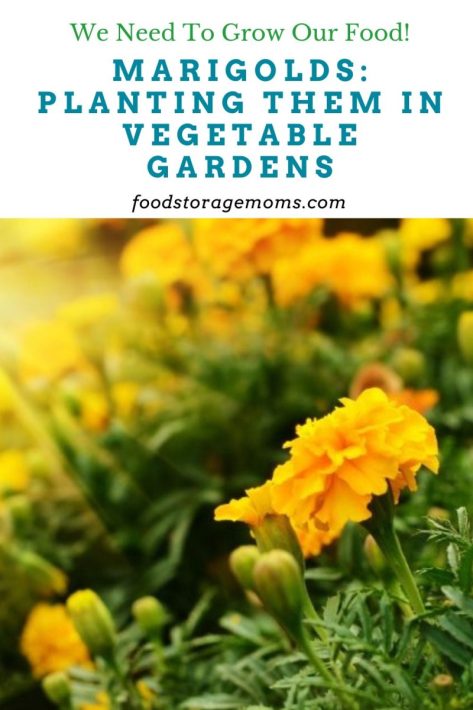
Marigolds For Vegetable Gardens
If you have a garden, perhaps you have never thought of the glory marigolds can bring. Not only are they beautiful, but they have a lot of perks in your veggie garden. Marigolds can reach 6 to 48 inches in height, depending on the variety. One of my favorite parts of Marigolds is their antiviral, antifungal, antibacterial, and anti-inflammatory properties. Yes, you can even eat Marigold petals and stems! These edible flowers are often eaten in salads and even desserts.
How to Plant Marigolds
Marigolds are perfect garden companions for basil, broccoli, cabbage, cucumbers, kale, potatoes, squash, and tomatoes. They enhance the growth of each one. My favorite varieties are the short, squatty ones because they don’t get too tall and take over my garden.
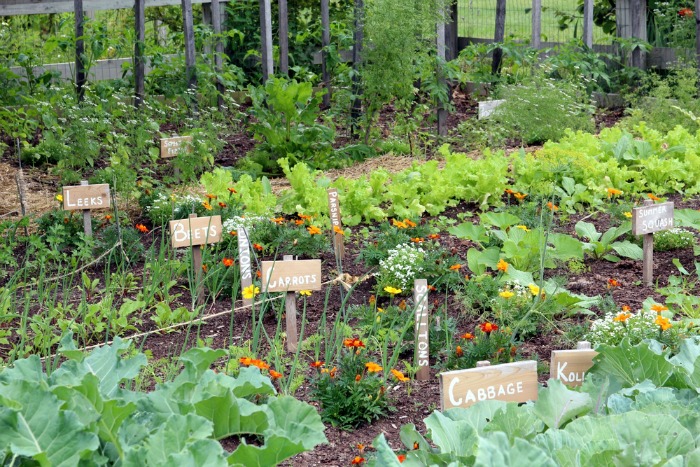
This flower is native to Mexico and Central America. It is a robust, free-branching, almost totally trouble-free plant that grows 6 inches to 4 feet tall. The flowers range from pale yellow to gold and brownish maroon.
They are finely divided, ferny, almost spindly, and usually have a strong scent. Annuals will bloom from early summer to frost if you pick or clip off the old flowers. In the desert, they bloom best from early fall until first frost.
They are easy to grow from seeds, although you can pick up some annuals from your local garden shops. The seeds will sprout in just a few days in warm soil, so be ready to watch for them. Don’t you love seeing the first seeds sprout?
I sure do! You can also plant them indoors to transplant when the soil is warm enough. This is where I buy seeds: SeedsNow
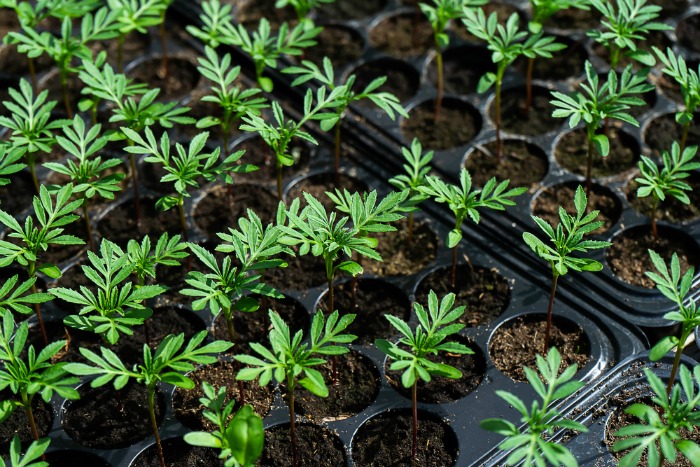
Most seeds planted after the last frost early in the year, will begin to flower after about 45 days. Most varieties are self-seeding, meaning they will spread year after year. Have you noticed a few sprouts here and there? It’s because they self-seed.
When to Plant Marigolds
You can plant your Marigold seeds outdoors in the spring after the danger of frost has passed in your neighborhood. You can start your seeds indoors in pots with good potting soil about eight weeks before the last frost. The seeds will take about four to 15 days to germinate in the soil if the temperatures are between 70 and 75 degrees Fahrenheit.
Moisten the soil in which you plan to put the seeds, whether inside or outside. Sow the seeds about one inch apart and no deeper than one inch deep. After they sprout and are still small, thin the seedlings. Space them about 10-12 inches apart.
Marigolds require at least six hours each day of full sun once fully grown. W
Another excellent tip about these flowers is that they will attract bees. Yay! We need bees to pollinate our vegetable plants and our other flowers.
Calendula Flowers – Like Marigolds, but Different
Some people think these are Marigolds, but they are not. They’re called Pot Marigolds, and they are edible. However, they’re often confused with the genus of the Marigold. They are in the same family but are not interchangeable.
They are not botanically related. This flower makes medicine and salves for sore muscles and muscle spasms. It’s also used for fevers and pain, and treats poorly healed open wounds.
Your Planting Hardiness Zone
You can put your zip code on this website and see when you should plant. USDA Hardiness Zone
Understanding the hardiness of your zone is crucial. You don’t want to waste your time planting something that may not survive a harsh climate. Some plants can survive in harder temperatures than others. It takes some research and trial and error to know and understand what works best in your garden.
Marigold Varieties:
Nature didn’t give us just one variety of Marigolds; they gave us several. Reading through this list, you may find a variety that works perfectly for your garden. Keep in mind that different varieties may work better in other zones. Researching before you plant can help you make the best of your garden.
American/African Marigold
Annuals, all zones. Most have double flowers. They range from dwarf Guys and Dolls, 12-14 inches tall, to Galore, Lady, and Perfection, 16-20 inches tall, and Trinity Mix and Nugget, 10-12 inches high. Sweet Cream has creamy white flowers on 16-inch stems. The Climax will grow from 2 1/2 to 3 feet tall.
Irish Lace
Annuals, all zones. This plant forms a mound of bright green, finely divided foliage to 6 inches high and wide. It’s excellent when used as a border or for edging foliage effect. You will see tiny white flowers, which are very attractive.
Copper Canyon Daisy
Shrubbery perennial, Zones 8-10, 12-24. Height 3-6 feet tall and wide. The flowers are finely divided, and the leaves are 2-4 inches long. They smell like a blend of marigolds, mint, and lemon. It tends to be short-lived, so moderate to regular water desired.
Mexican Marigold/Tarragon
Perennial in Zones 8-10, 12-24 often grows annually in all zones. They grow to 3 feet tall and wide. The green leaves have a scent of tarragon and licorice. The yellow flowers are unimpressive, being only 1/2 inch wide. Moderate to regular water.
French Marigold
These are the very best Marigolds for most gardens. They are annuals, all zones. They grow from 6 inches to 1-1/2 feet tall. Blossoms may be fully double or single. These dwarf varieties, like Janie (8 inches), Bonanza (10 inches), and Hero (10-12 inches), are excellent for edging. Most flowers are 2 inches wide. French Marigolds Seeds from Amazon
Signet Marigold
Annuals, all zones. This one is the least grown, with 1-inch-wide flowers and single blooms. They typically grow about 10-12 inches tall.
How Do Marigolds Help Our Garden?
- The French Marigolds are the best for your garden because they will grow in various soils in full sun.
- They produce chemicals to ward off those harmful Nematodes (tiny organisms, roundworms, that carry viruses and diseases)
- Marigolds attract bees and pollinators to help our vegetables produce
- They attract butterflies to your garden
- Help repel predatory insects, and bugs like Aphids, mosquitoes, the black fly, Thrips, Whiteflies, tomato hornworms, cabbage worms, parasitic wasps, spider mites, and bean beetles.
- Those darn snail slugs love Marigolds. You may lose some, but you can save your vegetables from those pesky slugs by watching for them
- Since deer have a sensitivity to strong smells, Marigolds can prove to be a deer repellent.
Fun Facts About Marigolds
After you’ve learned all this fun information about Marigolds, you may have a hard time believing that there is even more GOOD stuff to learn. However, there is! Here are several more fun facts to learn about these amazing flowers.
- There are dyes extracted from marigolds that are used in the food industry!
- Although there is limited scientific proof, some gardeners plant Marigolds in their gardens to keep pests at bay.
- The smell of Marigolds is very SPICY! Keep that in mind the next time you take a big whiff of the flower.
- When marigolds are fed to chickens, they get a high lutein diet. This means the Lutein can be in the eggs! Lutein is known to help treat macular degeneration (check with your medical doctor). Marigold petals in chicken feed help turn the yolk yellow.
- Fun ways to use Marigold flowers include: as a colorful tea, rabbit repellent, saffron substitute, chicken feed, or as a Japanese beetle trap.
Final Word
I hope you’ll try planting Marigolds in your garden this year. Are you excited to get your hands in the earth as soon as it’s warm enough to work the soil? Thanks for being prepared for the unexpected. May God bless this world, Linda
Copyright Images: Depositphotos_8638857_m-2015 Marigolds Tagetes, Depositphotos_12648238_m-2015 Vegetable Garden, Depositphotos_211678182_m-2015Marigold Seedlings

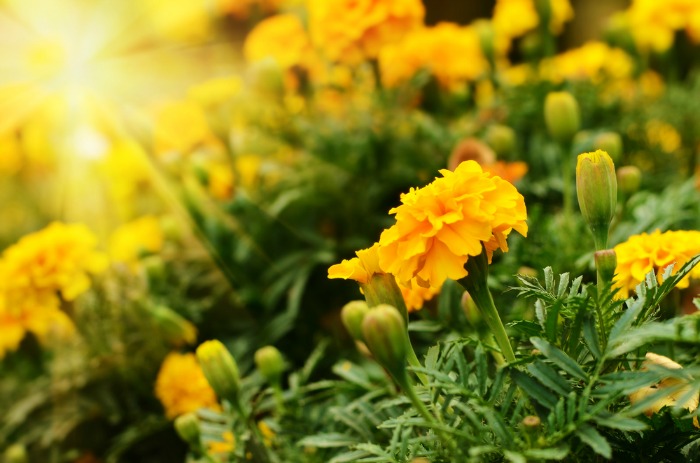

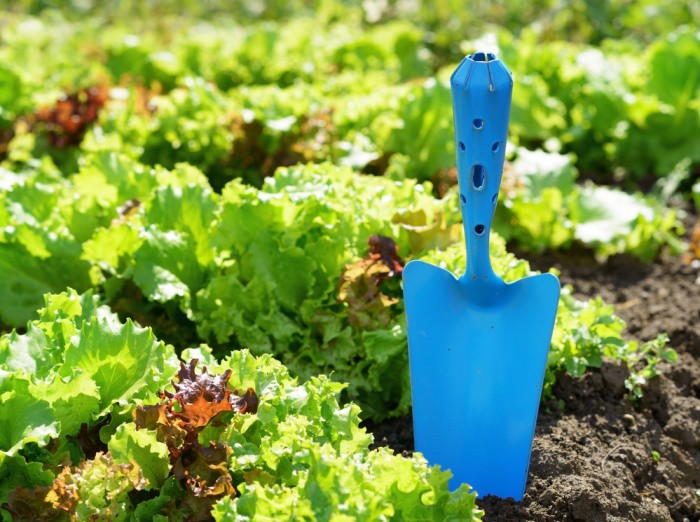

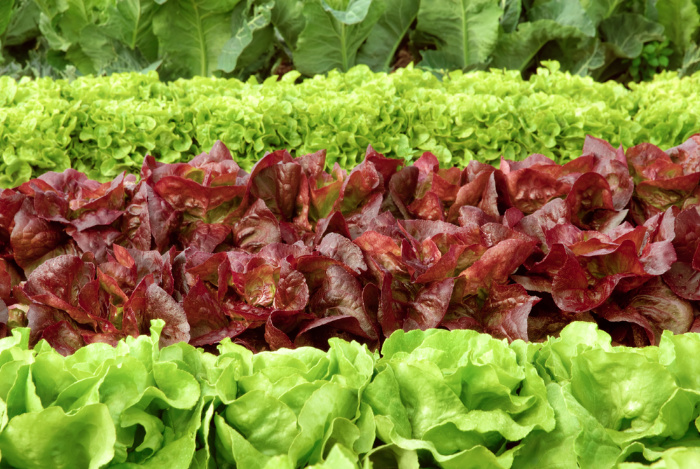
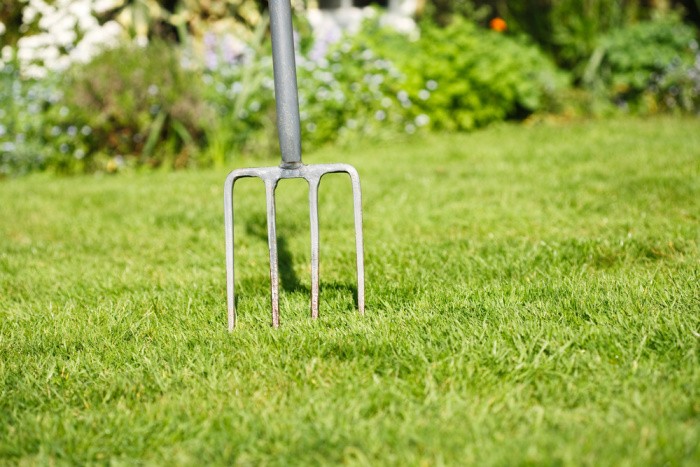
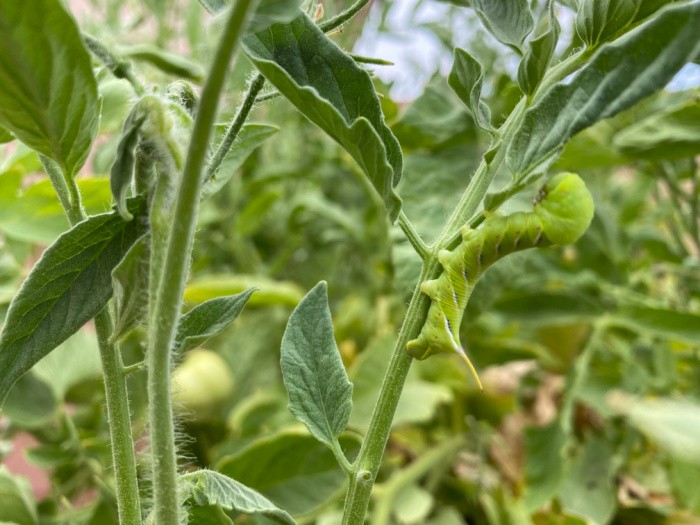
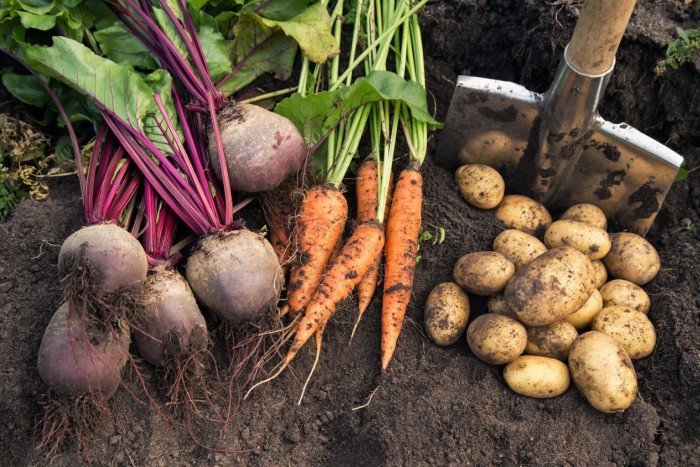
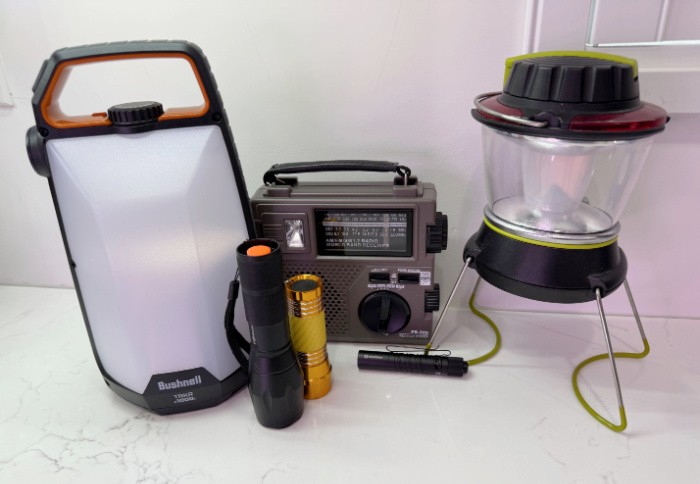
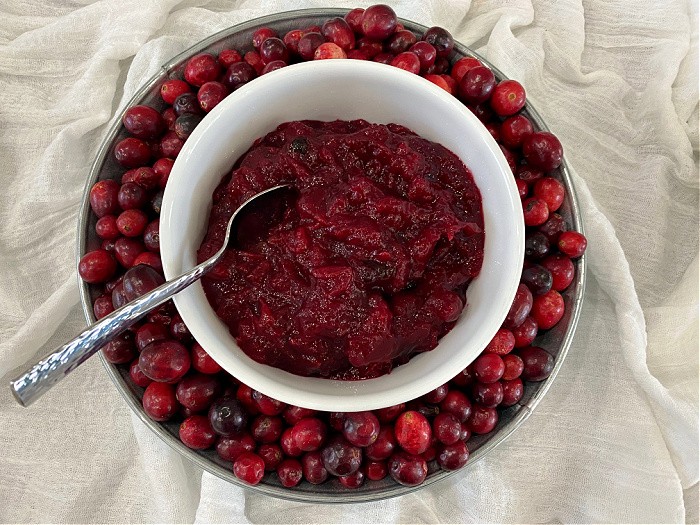
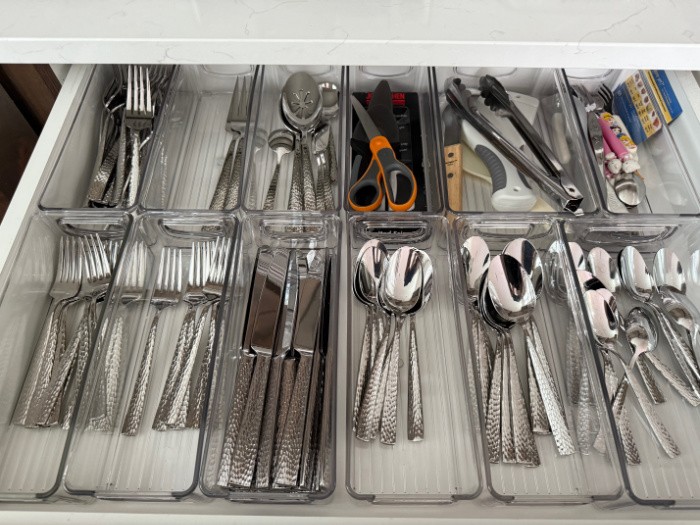
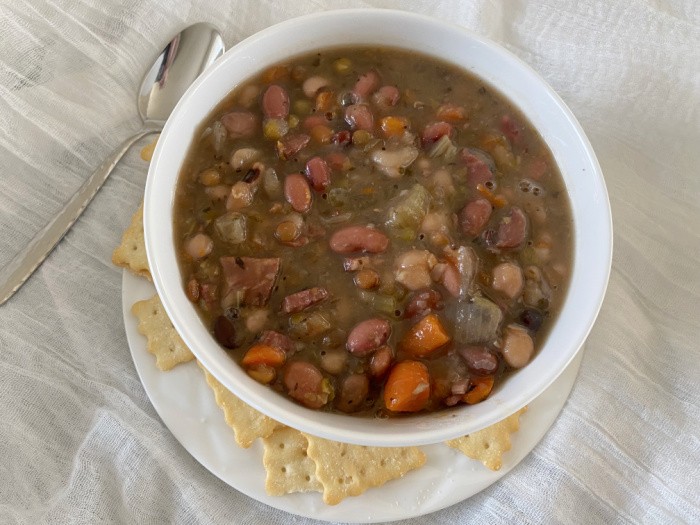


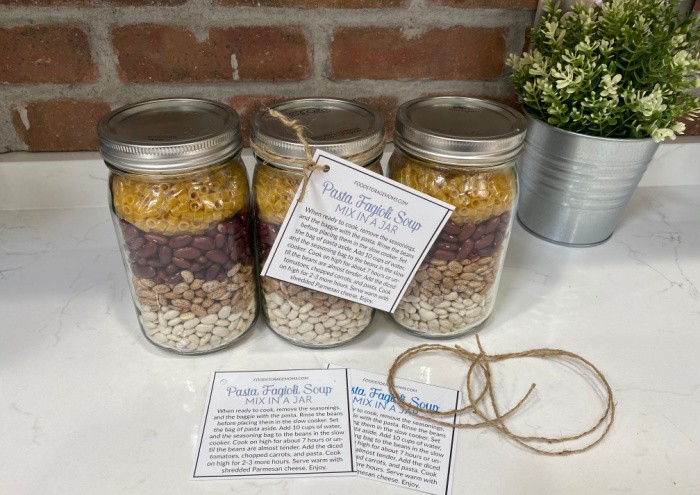
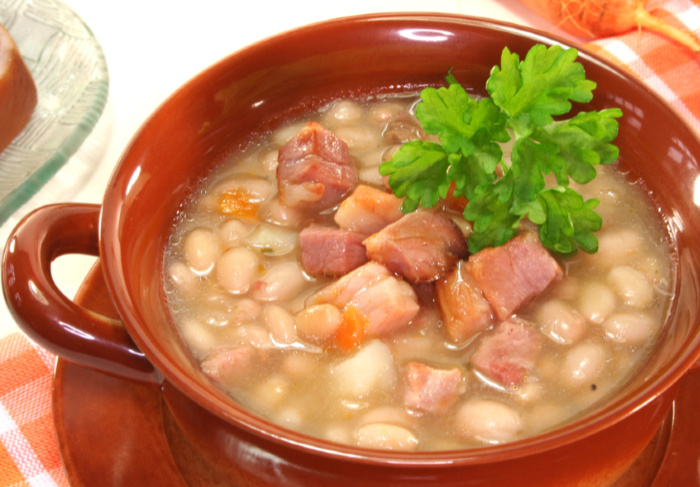
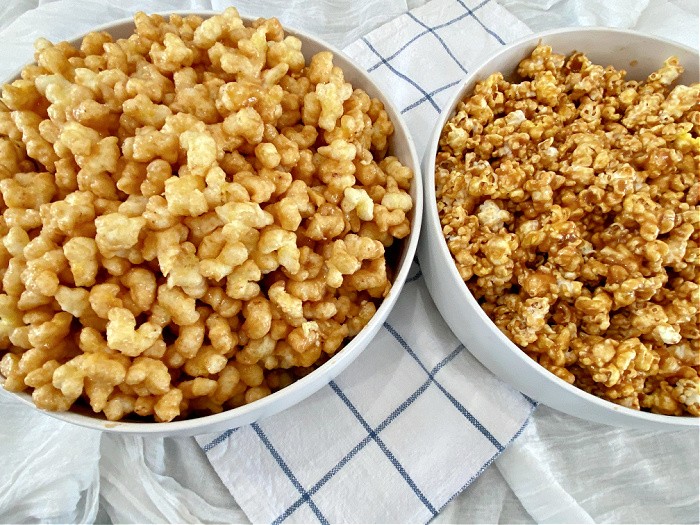
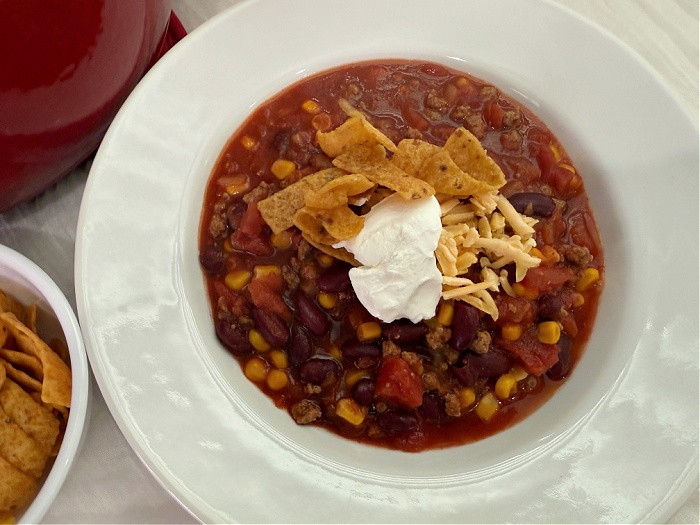

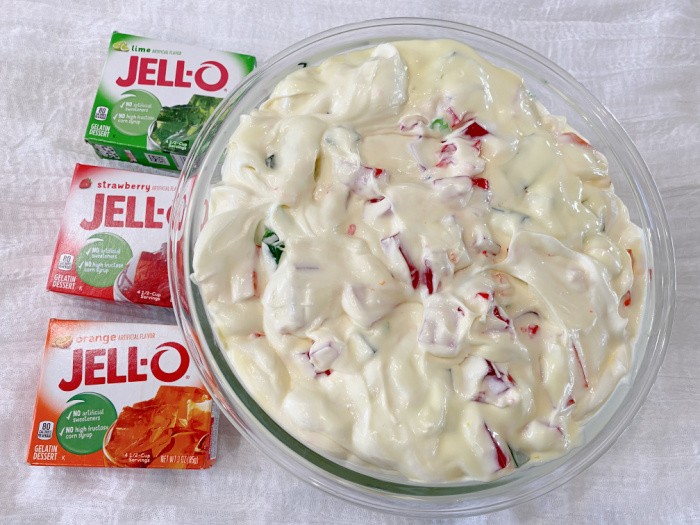

Ok this explains why my great grandmother had them mixed in the garden. That tidbit didn’t get passed along.
Hi Matt, that’s funny! Your grandmother was probably teaching you other things that she thought you could use!! Gotta love our grandmothers! Linda
Marigolds are so useful in gardens. They are especially wonderful in keeping the Tomato Hornworms out of your tomaoes. I have grown them for years after I lost my entire crop due to them. Also, grow basil and onions which also help deter bugs and all flavor.
Hi Cheryl, I love hearing this!! Thanks for the tip on the basil and onions that deter the bugs!!! Linda
Linda, I always plant marigolds and nasturtiums in my garden beds. I’ve found alyssum works well as border plantings too. The alyssum attracts braconid wasps–tiny parasitic wasps that destroy many harmful insects. And you are right about the marigolds brightening up salads, but nasturtiums do too. I’ve noticed over the years that tomatoes grown with basil and marigolds are healthier, tastier, and more productive than those grown separately. Companion planting is a wonderful thing.
HI Ray, I have never heard of braconid wasps! Thanks for the tip! I love Alyssum bordered as well. Companion planting is the way to go that’s for sure. Linda